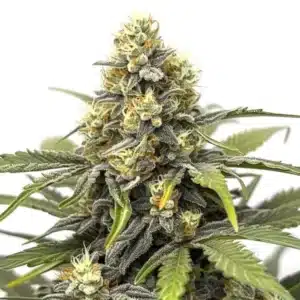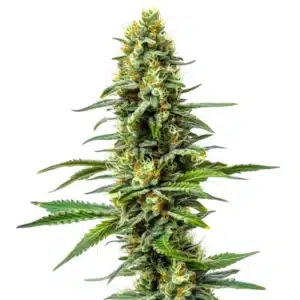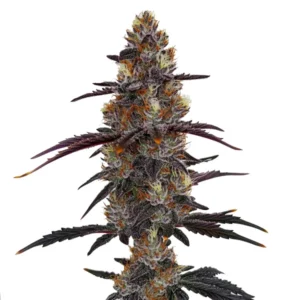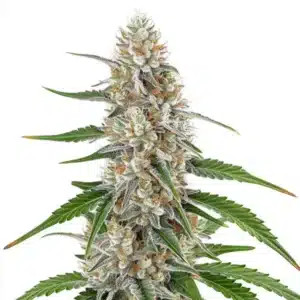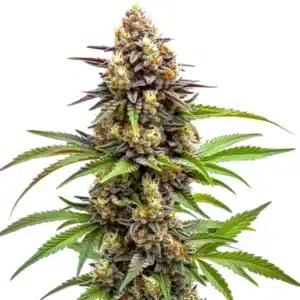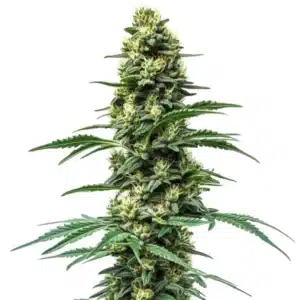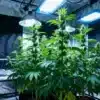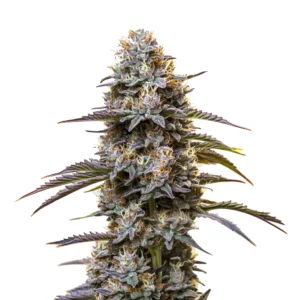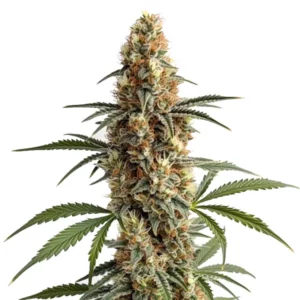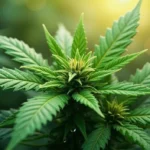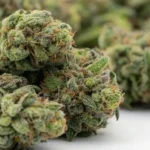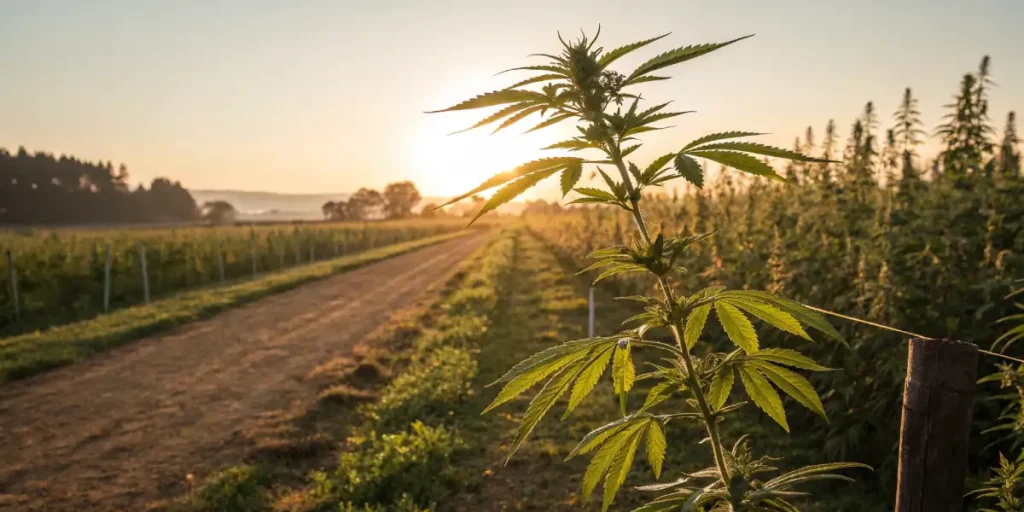
Chloroplast Function in Cannabis: A Critical Aspect of Growth and Yield
Chloroplasts are vital structures in the cells of cannabis plants. The function of these tiny organelles is primarily to convert light energy into a form that the plant can use to grow and thrive. This process is known as photosynthesis and is critical for the cannabis plant’s health and yield.
As a grower, understanding the function of chloroplasts can make a significant difference in your cultivation efforts. It influences everything from plant health to the amount of THC produced. By recognizing the role of these tiny powerhouses, you can optimize conditions to ultimately enhance the health and productivity of your plants.
Recommended Strains
Amnesia
|
|
THC | 15% - 20% (Medium) |
|
|
Type | Feminized |
|
|
Yield | Medium |
|
|
Phenotype | 30% Indica / 70% Sativa |
Amnesia AK 47
|
|
THC | 17% - 20% (Medium) |
|
|
Type | Feminized |
|
|
Yield | Medium |
|
|
Phenotype | 30% Indica / 70% Sativa |
Role of Chloroplasts in Cannabis Photosynthesis
Photosynthesis is the fundamental process carried out by chloroplasts. Found primarily in the plant’s leaves and other green tissues, it’s the method by which the plant converts sunlight, carbon dioxide, and water into glucose (food for the plant) and oxygen. In essence, chloroplasts are the plant’s personal chefs.
The function of chloroplasts is fundamental to the plant’s survival and productivity. Without these organelles, cannabis plants would not be able to grow, let alone produce the coveted buds.
Promos & Deals
Chloroplast Function and Its Impact on Cannabis Yield
Every cannabis grower knows that yield is king. Chloroplast function plays a huge role in determining the yield of your plants. By facilitating photosynthesis, chloroplasts help the plant create the energy it needs to produce buds. More efficient photosynthesis equates to more energy, which directly influences yield. Strains like Gorilla Glue #4, known for high yields, have robust photosynthetic machinery, thanks to their healthy chloroplasts.

Importance of Chloroplasts in Cannabis Plant Health
Chloroplast function is integral to the overall health of the cannabis plant. Healthy chloroplasts mean a healthy plant. This is because chloroplasts contain chlorophyll, the very compound responsible for giving the plant its vibrant green color and its ability to capture sunlight. They not only produce the plant’s food but are also involved in other functions like the synthesis of fatty acids and amino acids.
Healthy chloroplasts also contribute to the plant’s resilience against stressors like diseases and pests. By monitoring the plant’s color, which is indicative of chloroplast function, you can gauge the health of your cannabis plants.
The Influence of Chloroplast Function on THC Production in Cannabis
Chloroplasts also play a significant role in THC production. This is because THC is synthesized in the plant’s trichomes, which require a lot of energy to form. This energy is supplied by the glucose produced during photosynthesis in the chloroplasts. Therefore, by promoting efficient chloroplast activity, you can potentially boost the THC production in your plants.
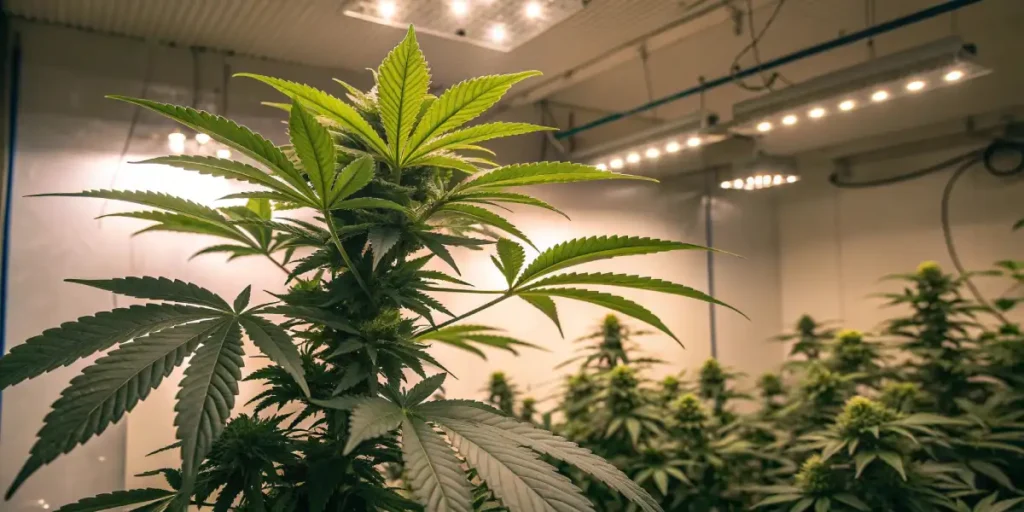
FAQs About Chloroplast Function in Cannabis
How can I promote healthy chloroplast function in my cannabis plants?
Providing optimal light, water, and nutrient conditions promotes healthy chloroplast function. Avoiding stressors and maintaining a stable growing environment also supports their health. A vibrant green color is indicative of healthy chloroplasts. Additionally, physical care of the leaves is important. Plants ‘breathe’ through the stomata on their leaves, which is where chloroplasts do their work. Cleaning the underside of the leaves by gently spraying them with water helps remove dust and blockages, allowing the chloroplasts to function more efficiently.
How does chloroplast function affect the taste and aroma of cannabis?
It can indirectly influence taste and aroma. Terpenes, the compounds responsible for smell and flavor, are synthesized in the trichomes. The energy required for this comes from the glucose produced during photosynthesis in the chloroplasts. Healthier chloroplasts can lead to more flavorful and aromatic cannabis.
How does chloroplast function influence cannabis plant color?
The green color of cannabis plants is due to a pigment called chlorophyll, which is produced in the chloroplasts. The chlorophyll helps absorb light energy and gives the plant its green hue. If the function is compromised, it may lead to a decrease in chlorophyll production, causing the plant to lose its vibrant color.
Can I boost THC production by improving chloroplast function?
Yes, THC production is closely linked to the efficiency of photosynthesis. By optimizing conditions for photosynthesis, you provide the energy needed for THC synthesis in the trichomes, which can potentially boost THC levels.
How does chloroplast function affect the growth speed of cannabis?
The growth rate is directly influenced by the efficiency of photosynthesis. The more effectively your plants can convert light energy into glucose, the faster they’ll be able to grow.
Why are chloroplasts essential for the plant but not for consumption?
This highlights their dual nature. For a living plant, chloroplasts are essential for survival as they drive photosynthesis. However, we don’t want them for smoking because when cannabis leaves are combusted, the chloroplasts and chlorophyll burn along with other plant matter. This process contributes to the creation of tar and harsh smoke. This is why all the leaves are removed from the cannabis for smoking, and only the flowers are used.


